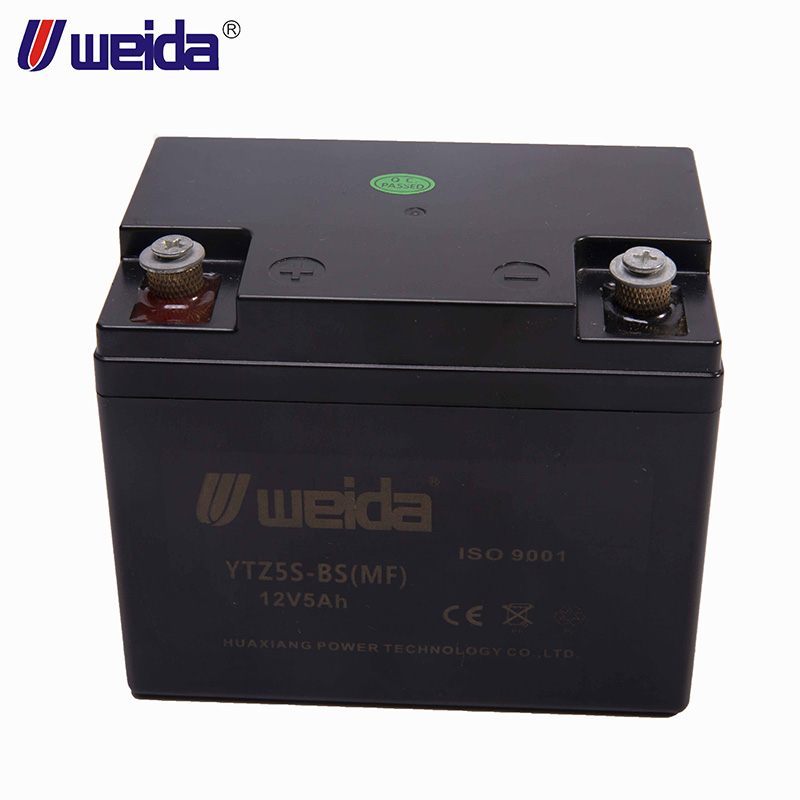Assemble batteries: Assemble different types and different numbers of plates into various types of batteries according to different needs.
3. Introduction to grid casting
The grid is the carrier of the active material and also the conductive current collector. Ordinary open battery grids are generally cast with lead-antimony alloys, maintenance-free battery grids are generally cast with low antimony alloys or lead-calcium alloys, and sealed valve-controlled battery grids are generally cast with lead-calcium alloys.
The first step: Determine the alloy lead model according to the battery type and put it into the lead furnace to heat and melt. After the process requirements are met, the lead liquid is cast into the metal mold. After cooling, the mold will be trimmed and modified.
Step 2: The trimmed grid can be transferred to the next process after a period of time. The main control parameters of the grid: grid quality; grid thickness; grid integrity; grid geometric dimensions, etc.;
4. Introduction to lead powder manufacturing
Lead powder is manufactured by the Island Law and the Barton Method. As a result, the 1# electrolytic lead is processed into lead powder that meets the requirements of the battery production process. The main components of lead powder are lead oxide and metallic lead. The quality of lead powder is closely related to the quality of the battery manufactured. In our country, the island law is used to produce lead powder, while in Europe and America, the Barton method is used to produce lead powder.
Lead powder control parameters: oxidation degree; apparent density; water absorption; particle size, etc.
5. Introduction to plate manufacturing
The plate is the core part of the battery, and its quality directly affects various performance indicators of the battery. A brief description of the production process of pasted plate is as follows:
The first step: make lead powder, dilute sulfuric acid, and additives with special equipment and lead paste that have passed the test;
Step 2: Apply the lead paste to the grid with a smear machine or by hand;
The third step: curing and drying the filled polar plate to obtain a green polar plate.
The main control parameters of the raw plate: lead paste formula; apparent density; acid content; paste volume; thickness; free lead content; moisture content, etc.

6. Introduction to plate formation
Plate formation and battery formation are two different methods of battery manufacturing, which can be selected according to specific conditions. Polar plate formation is generally relatively easy to control, the cost is high, and environmental pollution requires special treatment. It is difficult to control the quality of battery formation. Generally, the quality of the produced plate is relatively high, but the cost is relatively low.
The brief description of the valve-regulated sealed lead-acid battery is as follows:
The first step: Put the raw plates that have passed the test into the battery tank and seal according to the process requirements;
The second step: pour a certain concentration of dilute sulfuric acid into the battery according to the specified amount;
The third step: After placing, energize the DC power according to the specifications. After general formation, discharge inspection and assembly are required before storage.
The main control parameters of lead-acid battery formation: the amount of acid filling, the density of the acid solution, the temperature of the acid solution, the amount of charge and the charging time.
7. Introduction to the assembly process
Battery assembly has a big difference between car batteries and valve-regulated sealed lead-acid batteries. Valve-regulated sealed lead-acid batteries require tight assembly, and AGM separators are generally used. The car battery generally uses PE, PVC or rubber separators. The assembly process is briefly described as follows:
The first step: Put the qualified electrode plate into the welding tool according to the process requirements;
Step 2: Put the cast-welded or hand-welded pole group into a clean battery slot;
The third step: The car battery needs to be welded through the wall and heat sealed. If the valve-regulated sealed lead-acid battery adopts ABS battery slot, it needs to be bonded with a special adhesive.
The main control parameters of battery assembly: welding quality and material of busbar; sealing performance, positive and negative polarity, etc.